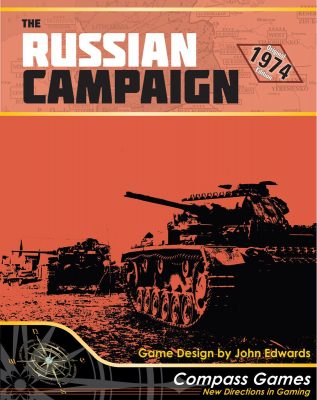The Russian Campaign: The Classic that Refuses to Die
By David Garvin
Way back in 1974, Australian John Edwards released a game that remains popular to this very day. That game? The Russian Campaign. It was eventually picked up by Avalon Hill and later the L2 Design Group, worked over by such game designers as Don Greenwood, Richard Hamblen and Tom Gregario.
And as of early January, 2023, an incredible 5th edition is up for P500 at GMT Games. The hobby is filled with several games depicting the war on the Eastern Front, from the monsters “Fire in the East” by the Game Designers’ Workshop (GDW) and “Guderian’s Blitzkrieg II“, to more simple games such as “Blitzkrieg to Moscow II“.
There are of course games that cover certain aspects of the war, such as “Death Ride Kursk: Grossdeutschland“, “Stalingrad ’42” and “Panzer Battles: 11th Panzer on the Chir River“. These games all range from the Strategic to the Tactical. Yet among them all, one stands head and shoulders above the rest: the Russian Campaign

